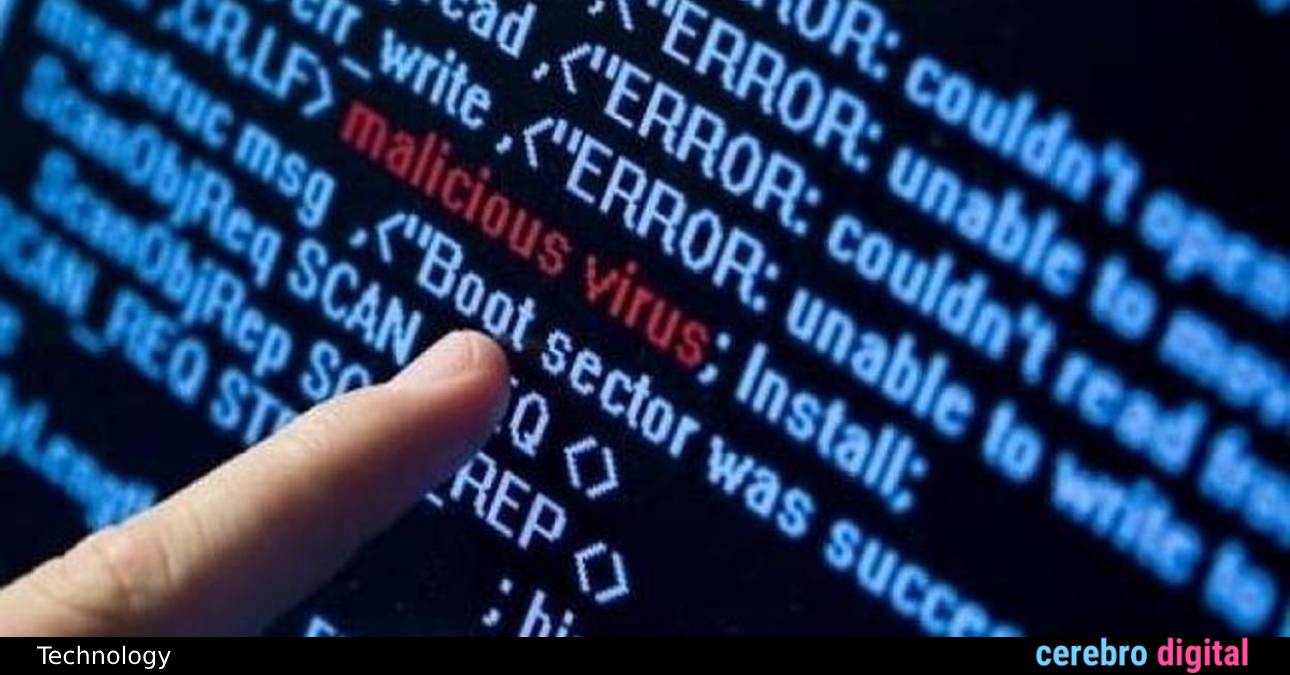
Computer viruses have an extensive and fascinating history that dates back to the early days of computing. These malicious programs have evolved from innocent experiments into sophisticated cyber threats. But what is their origin? What was their impact on digital security? And why have they lost relevance today?
Computer Viruses: What Are They?

The term “computer virus” was coined by American computer scientist Fred Cohen in 1983, although the concept of self-replicating programs had been explored earlier.
One of the earliest known computer viruses is called “Creeper,” which emerged in the early 1970s on ARPANET, a precursor to the Internet. Creeper was a relatively harmless program that displayed a message on infected computers saying, “I’m the creeper, catch me if you can!” It was more of a proof of concept than a malicious threat.
In 1986, the “Brain” virus became one of the first viruses to affect personal computers. It infected the boot sector of floppy disks and spread through infected disks. The Brain virus was created by two Pakistani brothers, Basit and Amjad Farooq Alvi, as a copy protection measure for their software.
In the late 1980s and early 1990s, there was an increase in the spread of viruses, including the infamous “Michelangelo” virus in 1992. This computer virus gained media attention due to its potential to erase data from infected computers on Michelangelo’s birthday, March 6th.
Have They Lost Relevance?

As for why computer viruses are not as prevalent today, several factors have contributed to their decline:
The development of antivirus software has made it harder for viruses to go unnoticed. These programs can identify and remove malware before it can cause significant harm.
Greater awareness of cybersecurity practices has made users more cautious about opening suspicious email attachments or clicking on unknown links.
Modern operating systems like Windows, macOS, and Linux have implemented security measures that make it difficult for viruses to infect and spread.
Cybercriminals have shifted their focus to more profitable forms of malware, such as ransomware and phishing attacks, which can yield significant financial gains.
The legal consequences of creating and distributing viruses have become more severe, deterring many potential virus creators.
While computer viruses are not as common as they once were, the online threat landscape has evolved, and new challenges in cybersecurity occasionally emerge. It is essential to stay vigilant and employ updated security measures to protect against the ever-changing threat of malware and cyberattacks.
